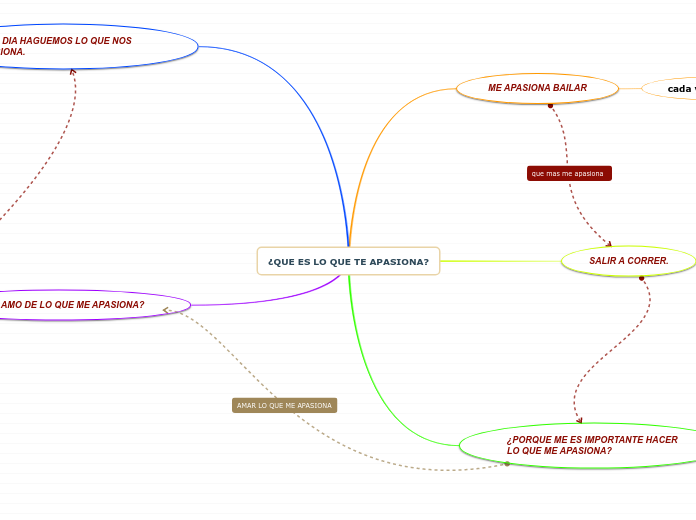La evaluación de la inteligencia emocional a
través del inventario de BarOn (I-CE) en una
muestra de Lima Metropolitana
To name your story, you have to think about the overall message and what you want your audience to understand from the story. Also, make it relevant and easy to remember.
MODELO DE INVENTARIO BARON
The middle of the story is where you add layers of complications that will lead to the end. Reveal more about the character's journey. Did their personality go through changes? How did they overcome the challenges? And as you build up the story’s central conflict, make it more personal to that character. Also, from the middle act, you have to lead into the final act.
TOPOGRÁFICA
There wouldn't be any tension and excitement in your story if there weren't any obstacles in your character's way.
Factores
A story is nothing more than a character overcoming a series of difficulties to reach the desired goal. Obstacles usually create suspense and conflict. In overcoming obstacles, there is growth: weak becomes strong; hatred turns into love; sadness into happiness; wrong into right; lies into truth; or evil becomes good.
See a few examples below:
- stopping a meteor
- finding a killer
- finding love
De soporte
Flexibilidad
Optimismo
Tolerancia al estres
Independencia
Resultantes
Felicidad
Relaciones interpersonales
Autorrealización
Solucion de problemas
Centrales
La empatía
nuestra habilidad para reconocer,
comprender y apreciar los sentimientos
de los otros
La asertividad
Nuestra habilidad para expresar
las emociones y sentimientos
Comprensión emocional de sí
mismo
nuestra
propia habilidad para reconocer y
comprender nuestras emociones, estados
de ánimos y sentimientos
SISTEMICO
Factores mas importantes
Componentes
Estado de animo en general
Manejo de estrés
Adaptabilidad
Interpersonal
Intrapersonal
Definición
In the beginning of the story (or the exposition), you will need to introduce the setting and characters. You might also want to introduce the main conflict. This part of the story is important because it gives the reader necessary background information and maybe even a first insight into a character’s personality.
BarOn (1997) define la inteligencia
emocional como un conjunto de habilidades
personales, emocionales y sociales
y de destrezas que influyen en nuestra
habilidad para adaptarnos y enfrentar
las demandas y presiones del medio.
Characters are essential to a good story. Usually, the protagonist(s) is/are the most affected by the plot. Introduce a character by focusing on their actions, interests, and occupation, as the physical appearance doesn't make a difference in most cases.










